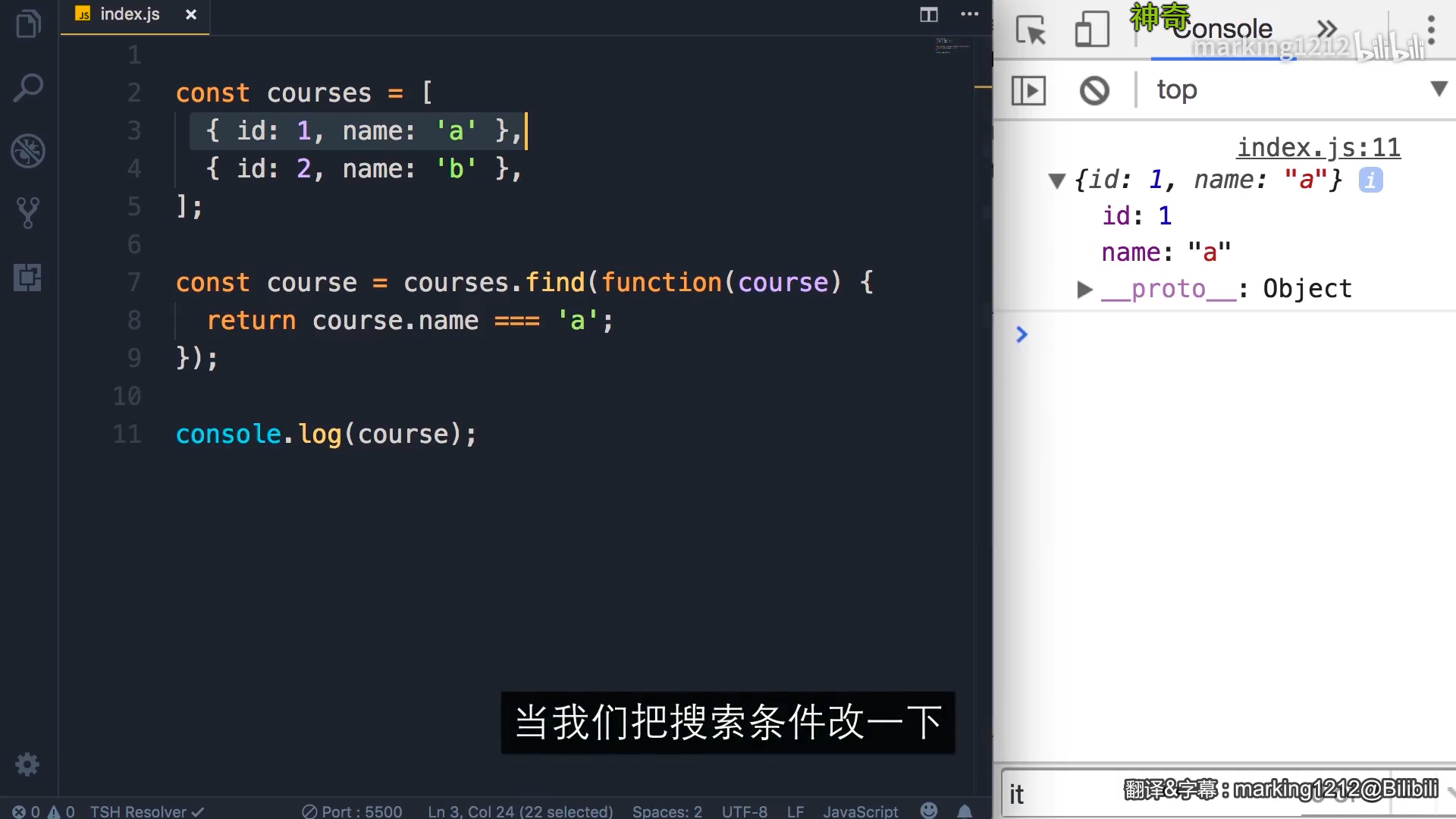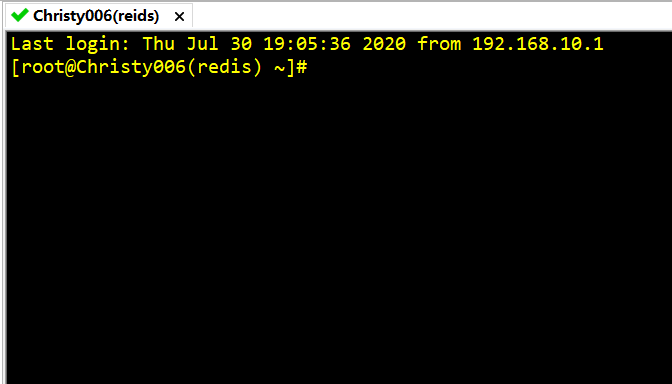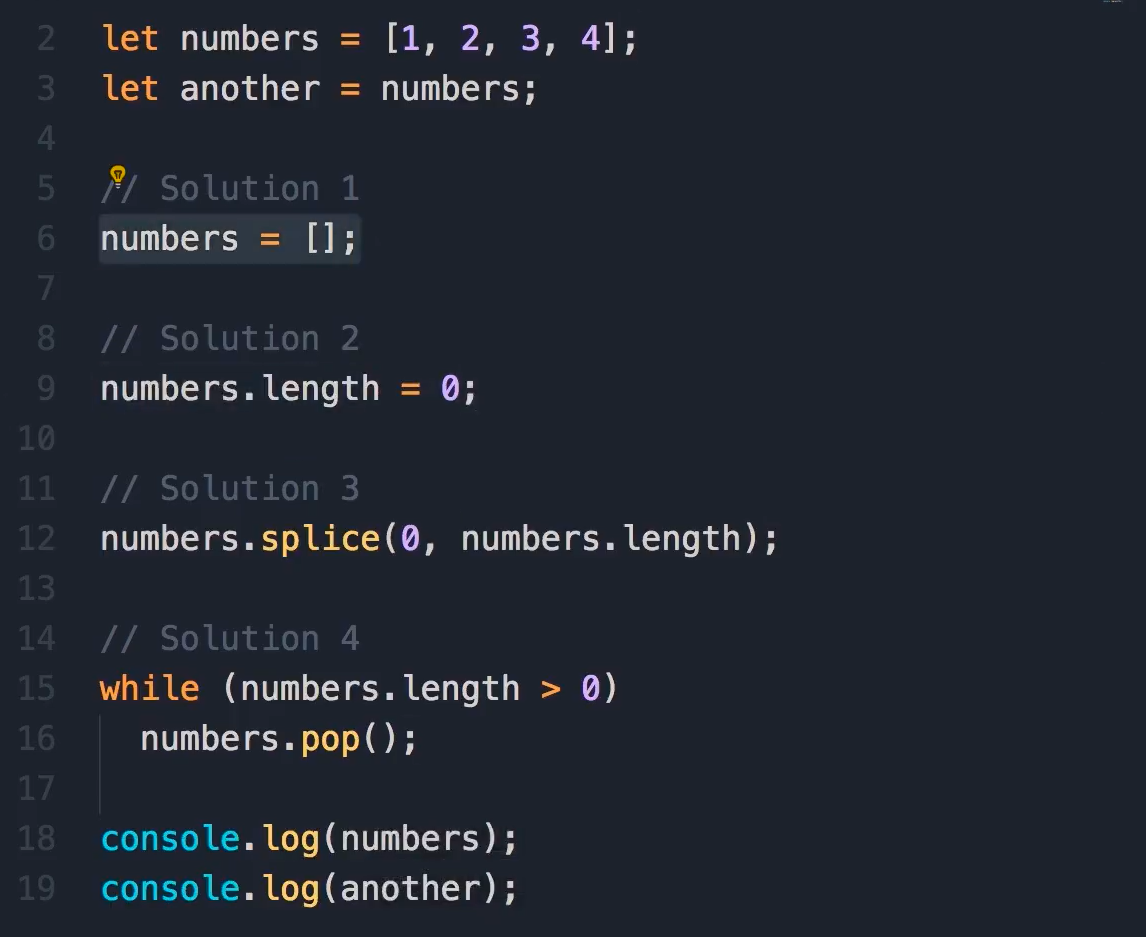import numpy as npimport cv2def rad(x): return x * np.pi / 180def order_points(pts): # initialzie a list of coordinates that will be ordered # such that the first entry in the list is the top-left, # the second entry is the top-right, the third is the # bottom-right, and the fourth is the bottom-left rect = np.zeros((4, 2), dtype="float32") # the top-left point will have the smallest sum, whereas # the bottom-right point will have the largest sum s = pts.sum(axis=1) rect[0] = pts[np.argmin(s)] rect[2] = pts[np.argmax(s)] # now, compute the difference between the points, the # top-right point will have the smallest difference, # whereas the bottom-left will have the largest difference diff = np.diff(pts, axis=1) rect[1] = pts[np.argmin(diff)] rect[3] = pts[np.argmax(diff)] # return the ordered coordinates return rectdef four_point_transform(image, pts): # obtain a consistent order of the points and unpack them # individually rect = order_points(pts) (tl, tr, br, bl) = rect # compute the width of the new image, which will be the # maximum distance between bottom-right and bottom-left # x-coordiates or the top-right and top-left x-coordinates widthA = np.sqrt(((br[0] - bl[0]) ** 2) + ((br[1] - bl[1]) ** 2)) widthB = np.sqrt(((tr[0] - tl[0]) ** 2) + ((tr[1] - tl[1]) ** 2)) maxWidth = max(int(widthA), int(widthB)) # compute the height of the new image, which will be the # maximum distance between the top-right and bottom-right # y-coordinates or the top-left and bottom-left y-coordinates heightA = np.sqrt(((tr[0] - br[0]) ** 2) + ((tr[1] - br[1]) ** 2)) heightB = np.sqrt(((tl[0] - bl[0]) ** 2) + ((tl[1] - bl[1]) ** 2)) maxHeight = max(int(heightA), int(heightB)) # now that we have the dimensions of the new image, construct # the set of destination points to obtain a "birds eye view", # (i.e. top-down view) of the image, again specifying points # in the top-left, top-right, bottom-right, and bottom-left # order dst = np.array([ [0, 0], [maxWidth - 1, 0], [maxWidth - 1, maxHeight - 1], [0, maxHeight - 1]], dtype="float32") # compute the perspective transform matrix and then apply it M = cv2.getPerspectiveTransform(rect, dst) M = np.linalg.inv(M) # warped = cv2.warpPerspective(image, M, (maxWidth, maxHeight)) # return the warped image return M,(maxWidth, maxHeight)def split(L,n): List = [] for j in range(0, len(L), n): b = L[j:j + n] List.append(b) return Listfrom math import *def rota(img, degree): height, width = img.shape[:2] # 旋转后的尺寸 heightNew = int(width * fabs(sin(radians(degree))) + height * fabs(cos(radians(degree)))) widthNew = int(height * fabs(sin(radians(degree))) + width * fabs(cos(radians(degree)))) matRotation = cv2.getRotationMatrix2D((width / 2, height / 2), degree, 1) matRotation[0, 2] += (widthNew - width) / 2 matRotation[1, 2] += (heightNew - height) / 2 imgRotation = cv2.warpAffine(img, matRotation, (widthNew, heightNew), borderValue=(255, 255, 255)) return imgRotationdef getpaste(pasteimgpath,warpR,size,backsize): img = cv2.imread(pasteimgpath) h,w,_ = img.shape if size[0] < size[1] and w > h: img = rota(img,90) if size[0] > size[1] and w < h: img = rota(img, 90) img = cv2.resize(img,size) result = cv2.warpPerspective(img, warpR, backsize) return resultimport randomfor i in range(35): image = cv2.imread('/home/lhq/xg/{}.jpg'.format(i)) H,W,_ = image.shape backsize = (W, H) with open('/home/lhq/xg/{}.txt'.format(i)) as f: datas = f.read().strip().split(' ') datas = split(datas,8) for data in datas: try: data = [int(x) for x in data] List = split(data,2) pts = np.array(List, dtype="float32") # apply the four point tranform to obtain a "birds eye view" of # the image warpR,size = four_point_transform(image, pts) transimg = getpaste('/home/lhq/mb/{}.jpg'.format(random.randint(0,31)),warpR,size,backsize) index = np.where(transimg > 0) image[index] = transimg[index] cv2.imshow('',image) cv2.waitKey(0) except: pass



































还没有评论,来说两句吧...